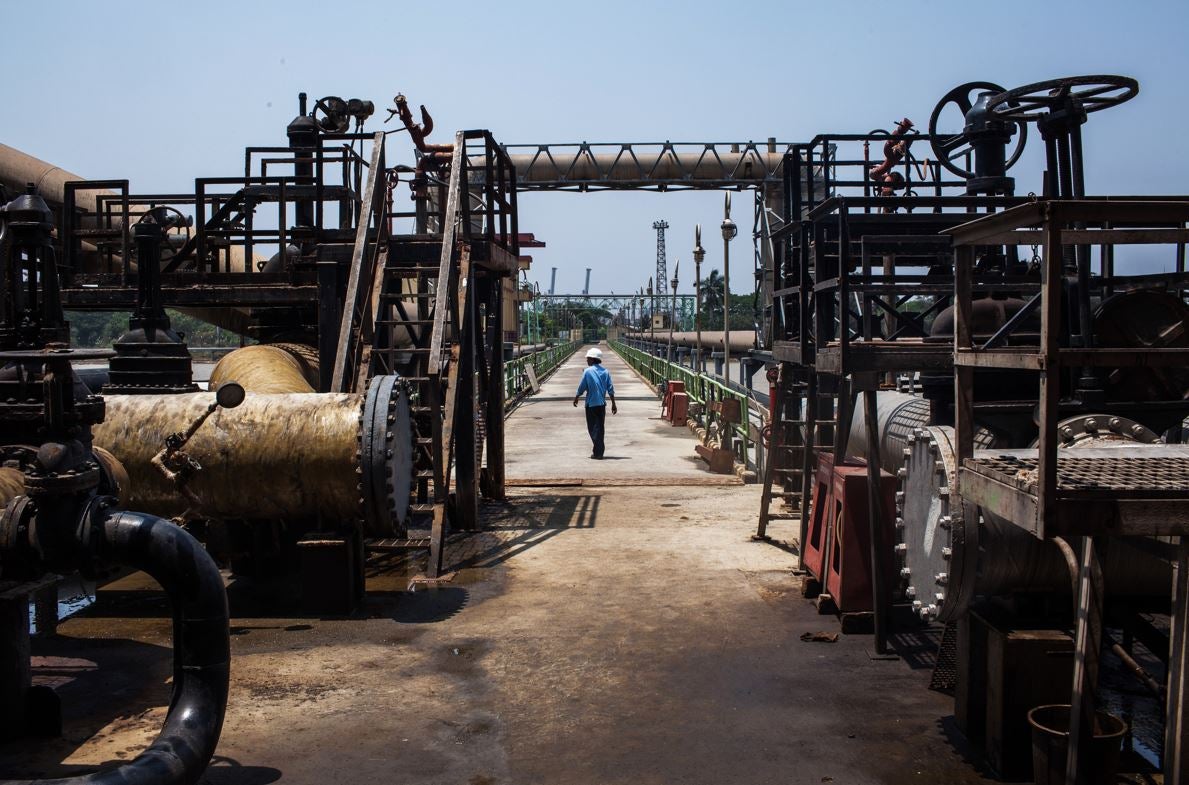
Indian natural gas company Gail plans to construct a $4.89bn ethane cracker near the site of its liquefied natural gas (LNG) plant on the country’s west coast.
India’s state-owned gas supplier will look to produce 1.5 million tonnes per year of ethylene, which is the base for a number of vital industrial and commercial resources such as many plastics.
Cracking takes ethane, a common hydrocarbon found in natural gas, and processes it via heat into ethylene. The process is highly pollutant, producing ethane-based smog and pollutant air particulates.
The proposed cracking plant could also process liquefied petroleum gas (LPG at levels up to 40%. LPG cracking is less expensive than ethane cracking alone, although it yields less ethylene.
A source revealed to Reuters: “We are trying to sort out challenges around acquiring land, most likely, in or around Dabhol. […] We hope to receive financial support from the state government.” The source also indicated that Gail plans to import the ethane from the US, increasing emissions across the process.
Dabhol, a coastal region of Maharashtra state, already hosts a 5 million tonnes-per-year LNG plant. The company is also considering an area in neighbouring Madhya Pradesh as a second-choice alternative.
Earlier in May, it was reported that the Indian government was considering an investment into three major oil marketing companies in the country. In November, Indian Oil Corp (IOC) research estimated that demand for petrochemicals in the country could as much as triple by 2040. The executive director of IOC, AS Sahney, pointed to population growth and economic development as key drivers for the increase in petrochemical dependence. India consumes between 25 and 30 million tonnes of petrochemicals per year.



